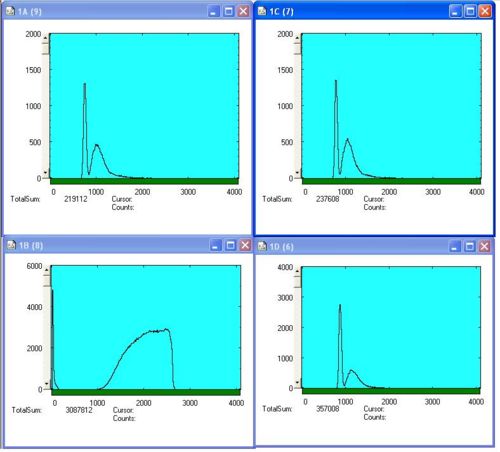Difference between revisions of "Uranium target test"
Jump to navigation
Jump to search
| Line 1: | Line 1: | ||
| − | First, a uranium plate is used, | + | First, a uranium plate is used, dimensions (approximately): 15cm x 12.5 cm x 3.5 mm |
| Line 6: | Line 6: | ||
On the picture: 1D - timing spectrum taken by upper detector, 1C - timing spectrum taken by side detector, 1A - timing spectrum taken by side reference (being kept stationary) detector, 1B - NaI accelerator current monitor | On the picture: 1D - timing spectrum taken by upper detector, 1C - timing spectrum taken by side detector, 1A - timing spectrum taken by side reference (being kept stationary) detector, 1B - NaI accelerator current monitor | ||
| + | |||
| + | The uranium oxide U3O8 jar (bottle) is used instead of the plate. The glass jar is placed inside the plastic bottle... | ||
[http://www.iac.isu.edu/mediawiki/index.php/October_Fission_HRRL_Measurements_2008 Go Back] | [http://www.iac.isu.edu/mediawiki/index.php/October_Fission_HRRL_Measurements_2008 Go Back] | ||
Revision as of 19:33, 20 October 2008
First, a uranium plate is used, dimensions (approximately): 15cm x 12.5 cm x 3.5 mm
On the picture: 1D - timing spectrum taken by upper detector, 1C - timing spectrum taken by side detector, 1A - timing spectrum taken by side reference (being kept stationary) detector, 1B - NaI accelerator current monitor
The uranium oxide U3O8 jar (bottle) is used instead of the plate. The glass jar is placed inside the plastic bottle...
